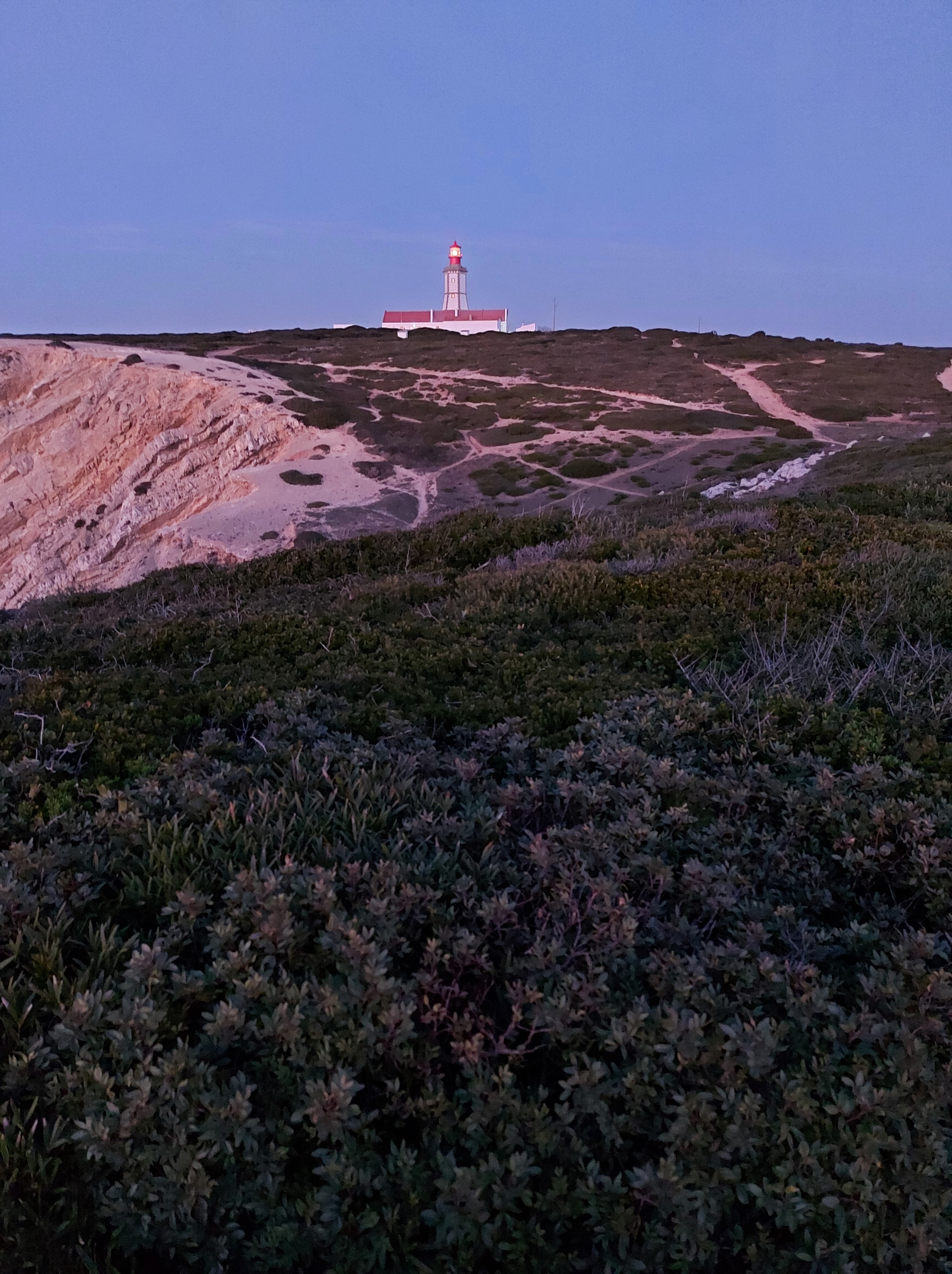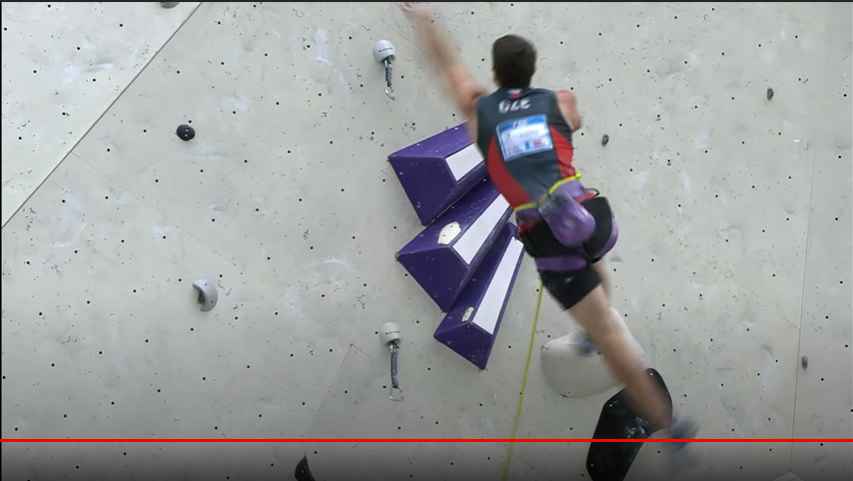Climbing grades are a subjective proposition about how hard it is for the common person to succeed, in doing a particular climb. It’s subjective because, no algorithm exists that allows us to grade a climb and because the difficulty itself is dependent on the particular biomechanics of each individual.
If things are done correctly, grading should be first a proposal – by its first successful climber – and, afterwords, a sort of average of all existent reports, regarding its difficulty – from those who have succeeded, in doing so. Of course, this average will probably be better weighted by the climbers experience and honesty, but this is another subject all together.
As an average construed by individuals, with different bodies & biomechanics, it has its problems and limitations! Namely, what is very hard (or even impossible) for a short individual, may be very easy for a tall one. Nothing new here!
Off course, if the only climber that has done the climb is 2 meters tall and the first repeater is 1,55m… one can expect a major disagreement, but, as more climbers repeat it – and the average height & reach of the successful climber becomes closer to the average height & reach of the majority of climbers – and the climb’s grade gets fine-tuned, such major disagreements tend to fade or become less frequent. Therefore, differences are usually not that great and grading still makes sense.
When someone succeeds in a climb, this is not enough to claim evidence of a superior climbing ability (in general) over those who did not. It is however evidence of a superior biomechanical, or mental, ability to do that specific climb. Therefore, in theory no climb, on its own, would define you in your climbing level, but yet it does! Everyone, has met those guys (and they are, usually, guys) that, before wanting to know your name, are already thinking about asking you the number and letter that defines you (i.e. your hardest climb). And let us face it, due to the process of grading (described above), this number will tend to be a valid (though unreliable) proxy for inter-personal comparisons. But is it so for small children?
Would it be fair to say that a young child is not a good climber because it cannot climb a 6a (graded by and for adults) with very reachy moves ? No one, in its right mind, would suggest that 6a defines the child’s difficulty to successfully perform such climb!
Now, what if this child was able to accomplish a very hard climb, where the crux consists of very small hand and footholds (for grown-ups) and if the child is able to place its feet in much bigger footholds, closer to the hands, is able to use different handholds and/or if, using the same handholds, its fingers are twice as much into the hold?
Why are we so fast to concede that the child’s accomplishment equals that of a grown-up, in terms of biomechanical difficulty? The child did the climb? Yes, no question here! But did it do the number/difficulty? Is it a valid measure of superior climbing abilities? I don’t think so.
The appeal of finding a climbing prodigy is intuitive. Like in any other sport, we all like the idea of someone, being so gifted, that even in a very precocious age it is already able to do what grown-ups cannot, despite years and years of hard work, and how this prodigy may drive the sport to unimaginable new heights, a few years later. But not all sportive achievements can be communicated in a simplified way. Climbing is different!
If a ten-year-old child runs a marathon close to the current world record, as set by an adult, that says a lot! If child does an 8b boulder, I’m sorry, but that says very little! So… why do we keep comparing apples and oranges? Let us focus more on movements, climbs, ethics, stories, etc. and less on numbers and their wannabe heroes.
Cheers





